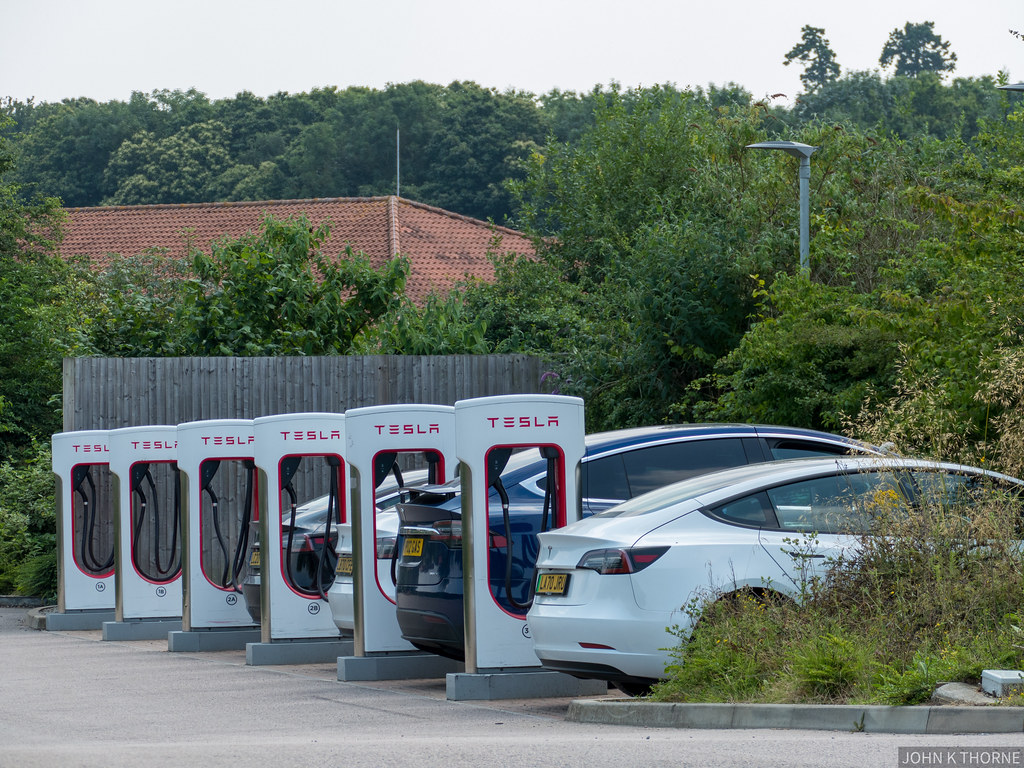
Rechargd.com is reader supported. We may collect a share of sales or other compensation from the links on this page. As an Amazon Associate, we earn from qualifying purchases.
If you’re anything like me you don’t ever sleep with your phone charging next to your pillow whilst sleeping. I’ve read too many stories about phone batteries exploding. Despite my concerns, battery explosions in a phone or an EV are rare occurrences due to the software used to run them.
Yes, EV batteries stop charging when they are full. All EVs have battery management systems that cut off charge before the battery reaches its physical capacity. This is called the nominal charging capacity and is set to be below the physical capacity of the battery.
Why EV Batteries Don’t Overcharge
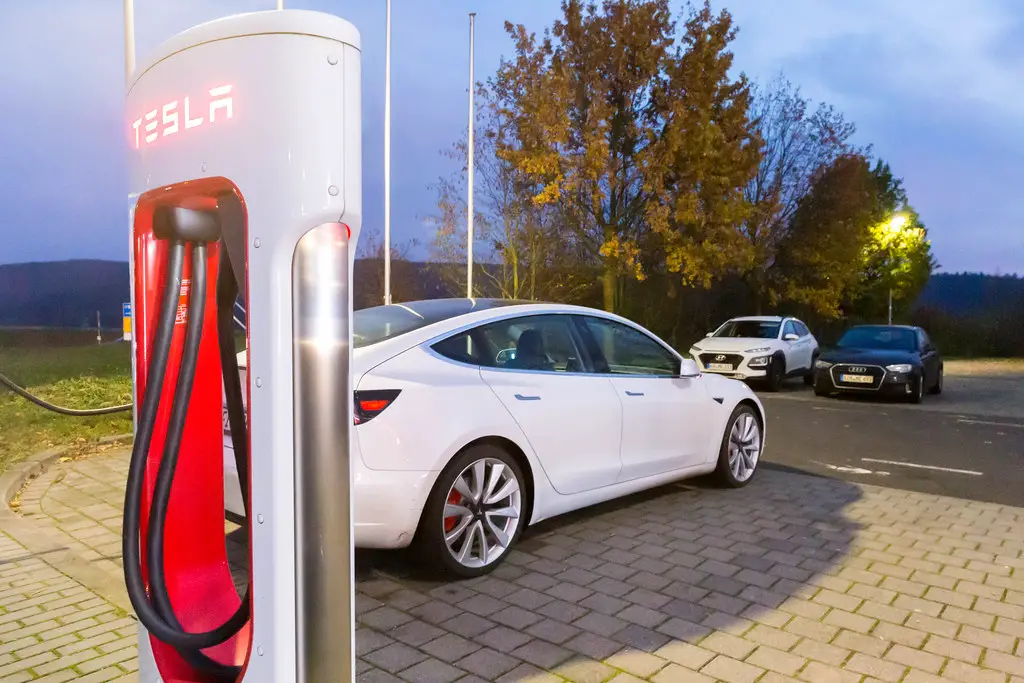
All EVs have battery management systems to protect the battery from overcharging. The battery management system slows the rate of charging as the charge level increases, tapering the charge rate as the battery charge level increases.
Above 95%, the battery management system slows the charge right down to ensure that the battery capacity isn’t exceeded.
This is important to consider when charging out on the road. The last 5% of charge when charging out on the road probably isn’t worth the extra time if all you are trying to do is get home for a full overnight charge.
This is why charging the battery to 95% or 100% takes so much longer than charging to just 80%.
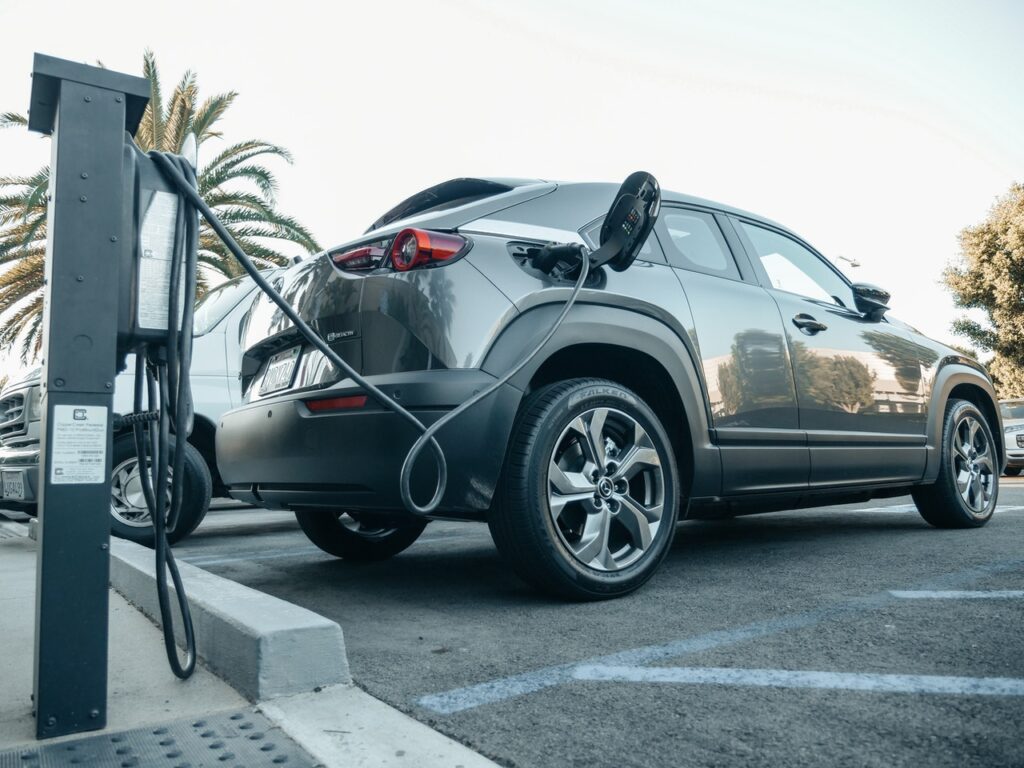
Once the battery is full, the charging of an EV battery changes to a trickle charge. This means that the charge is disconnected, and reactivated at a very low level whenever the battery loses a bit of charge whilst sitting unused.
An EV battery loses a little bit of charge when not being used due to the loss of electrons from the electrolyte, and car components such as the clock and computer will use a bit of charge when the car isn’t being used. Trickle charge just replaces this small loss of charge intermittently.
What Else Do Battery Management Systems Do?
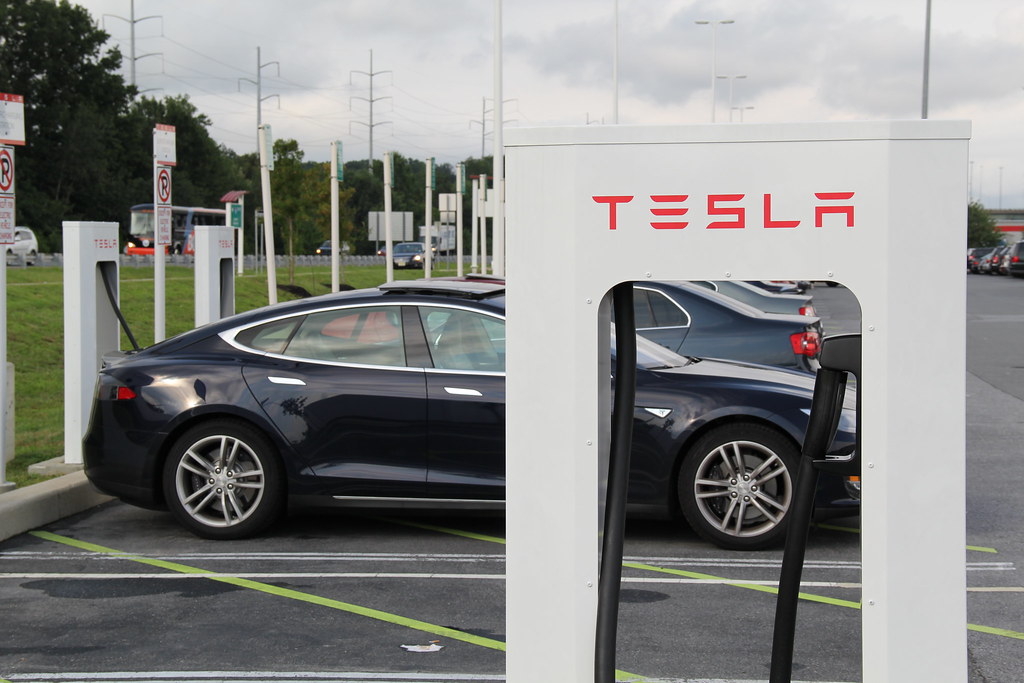
As well as preventing overcharging, battery management systems prevent rapid discharge and prevent the battery from overheating. It makes sure that a rapid discharge cannot occur if for example a load is added to the car powerpack from somewhere.
Such a rapid discharge could be dangerous, and this rapid discharge control therefore also prevents electric shocks.
The battery management system is integral to the longevity of the battery. It controls battery cell balance, cell health and wear leveling, cell charge, and discharge and is responsible for battery safety assurance.
It does this through monitoring of individual battery cells–their temperatures, voltages, current, and capacity. These systems can get quite complex, with some even running the car AC unit through the battery compartment to reduce waste heat.
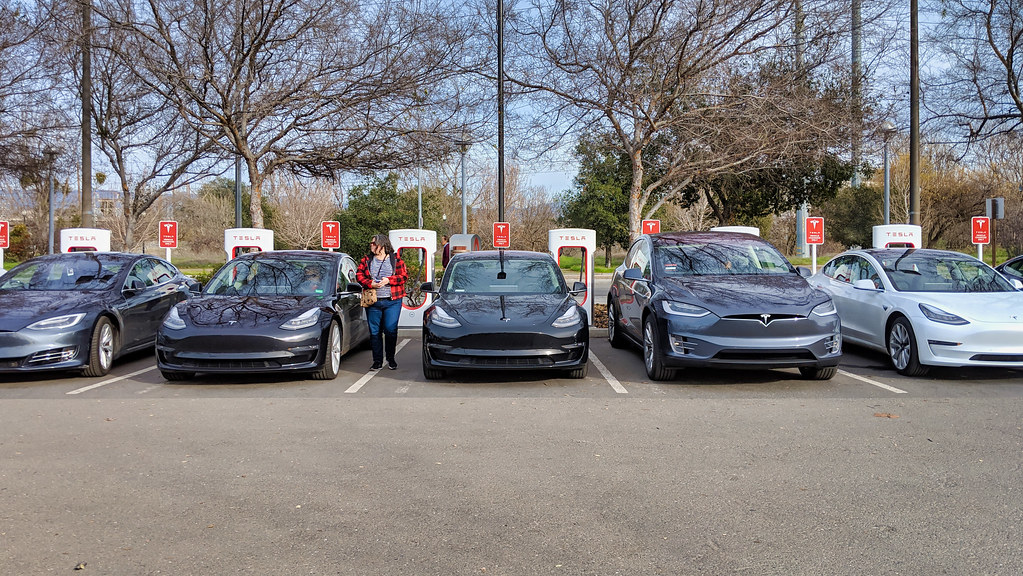
Cell balancing is one of the key functions of an EV battery management system. It is the use of the cells with more capacity and reduced use of cells of lower capacity.
This helps to improve battery performance and prolong battery longevity. Cell balancing is done by checking the voltage of all cells when the battery is used each time.
If the voltage of any particular cell is very low, the battery management system will only place a load on cells with a voltage above a certain leveL This makes sure that the healthier cells get used more, and gives the weaker cells an easier time.
Though lithium batteries offer many advantages over other battery types, cell imbalances are an issue. The battery management system helps to reduce these cell imbalances, as well as manage the charging process.
The power between cells of an EV can be as much as 3-6% which can lead to a significant drop in battery performance and lifespan.
What Would Overcharging Do If It Could Be Done?
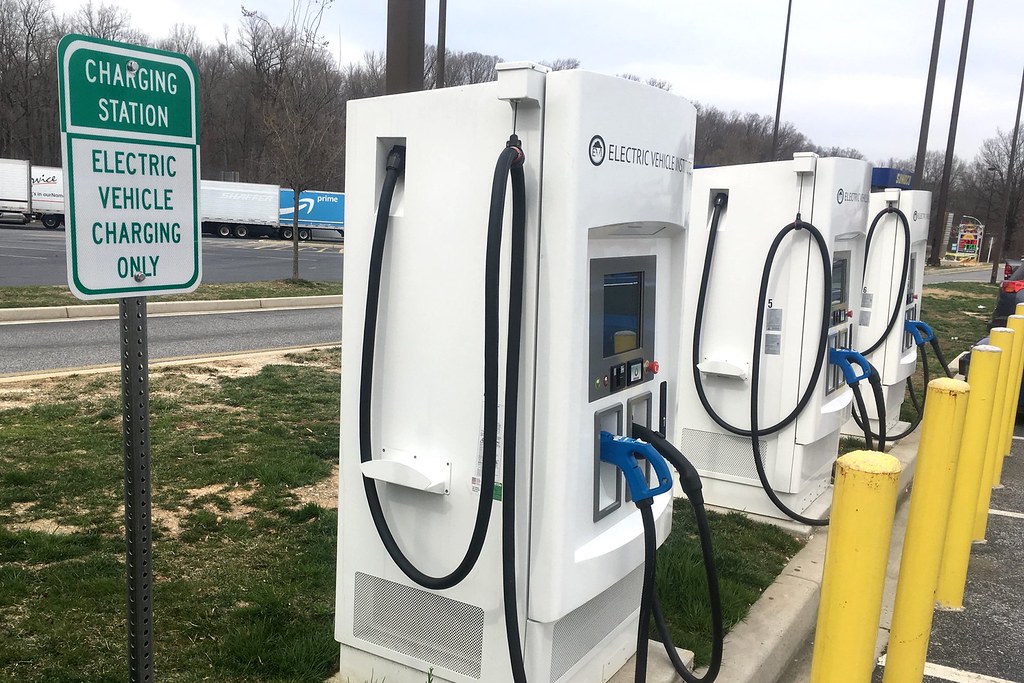
Although it isn’t possible, overcharging would result in electrons being pumped into the battery when all of the available physical active mass had already received as many electrons as they can physically hold.
If overcharged, the excess electrons would start to react with non-active battery parts, namely electrodes and the battery casing.
This would reduce the longevity of the battery. If significantly overcharged, the reaction of the excess electrons with non-active battery parts would create sufficient exothermicity to cause the battery to ignite.
But this can’t happen in an EV due to the battery management system. This is particularly important for the lithium-ion batteries in EVs, as lithium-ion batteries don’t tolerate any level of overcharging.
When Is A Full Battery Full?
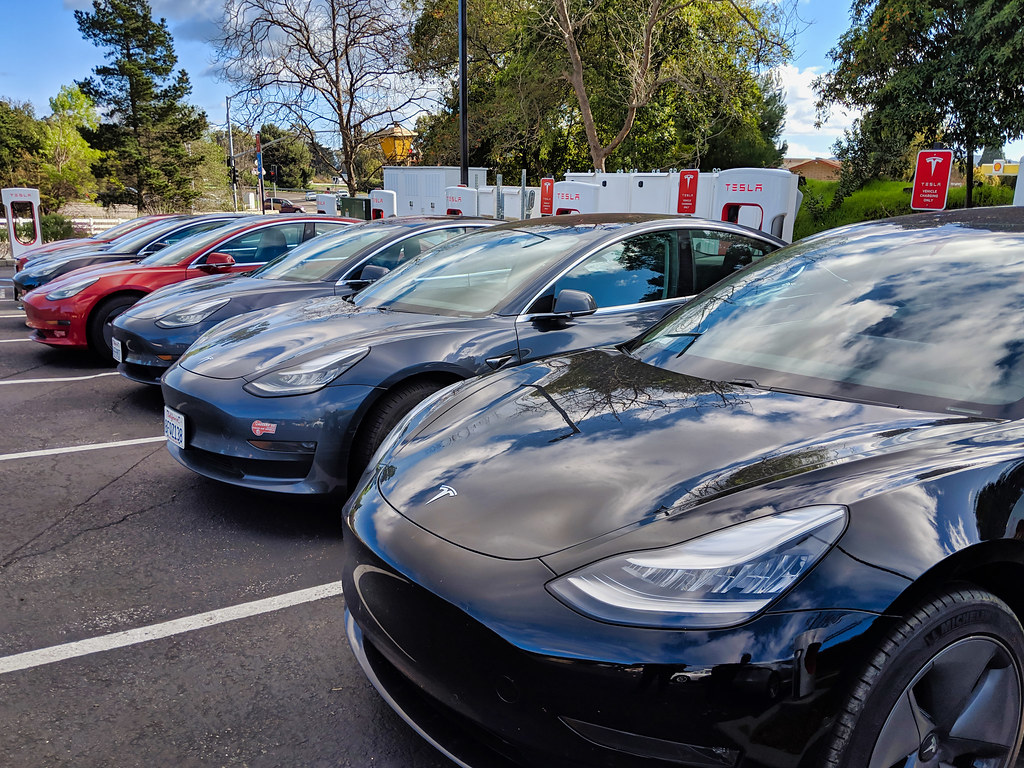
There are actually three definitions of a “full” battery. Physical capacity refers to the total amount of electrons that can be held by the active mass of the battery. Nominal capacity refers to the charge level set by manufacturers for purposes of safety and longevity.
Operational capacity refers to the maximum number of electrons that have been stored in the battery in a laboratory setting under specific conditions. Battery nominal capacities are set well below physical and operational capacities.
This means that the batteries are safe to use and have an adequate lifespan. In an EV, the setting of the nominal battery capacity below the physical capacity as part of the battery management system ensures that the charging process is safe.
What Is An EV Battery Nominal Charge?
The nominal charge of an EV battery is set at such a level as to comply with regulations concerning battery longevity. In EVs, manufacturers are required to ensure that batteries last 100,000 miles or 8 years.
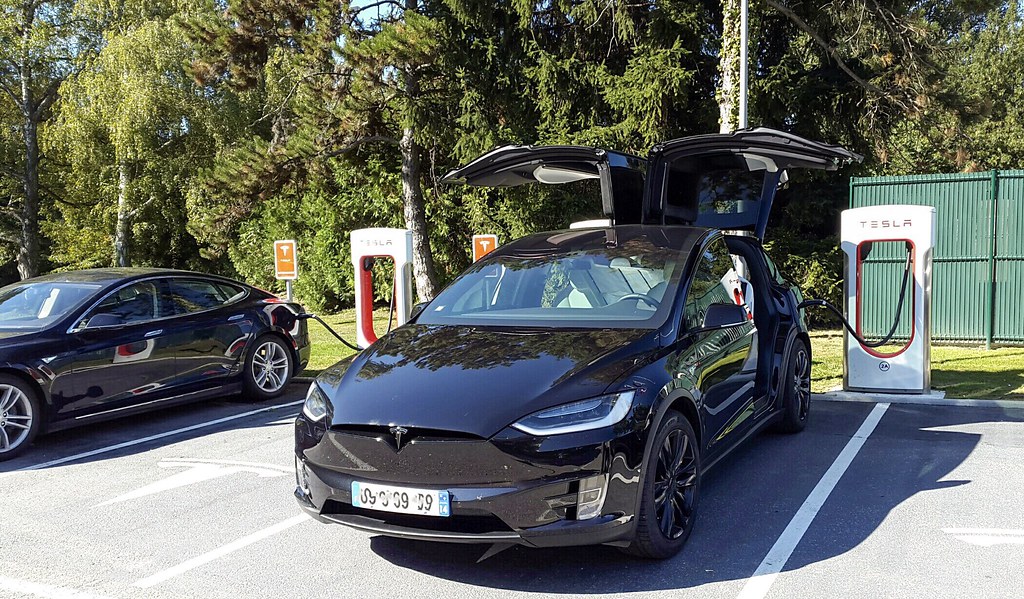
By How Much Should I Charge My EV?
This is a much-debated topic. Tesla recommends that you should charge your car to 50-90% for daily driving and charge to 100% when planning a road trip. It also says not to charge your battery to full more than 2-3 times in a row.
This is to preserve battery life and to ensure that the car is able to activate regenerative braking from the moment you set off. A fully charged battery will not accept any charge from regenerative braking due to the battery management system.
These are important points to consider, however, it is important to remember that the nominal charge capacity of your EV battery is set well below its physical capacity. That means a 95% charge on a regular basis is unlikely to cause significant wear.
Leaving 5% available for a charge for regenerative ensures you are saving a bit on charging costs. It really depends on the importance of battery longevity to you as an EV owner.
If you want your battery to last longer than the advised 8-year or 100,000 km regulatory minimum, you have the option to charge below the battery’s nominal capacity as a means of prolonging battery life.
How Else Can I Prolong The Life Of My Battery?

As well as charging to below the maximum nominal capacity, you can prolong battery life in other ways.
It helps to ensure that the battery doesn’t overheat whilst charging, to ensure that the battery isn’t completely drained each time you use it, and make sure that the battery used is adapted to the size of the car, car purpose, and the amount of car usage.
You can also program the nominal charging capacity of EVs to be below the maximum set by the manufacturer to help prolong battery life. In a Tesla, you can set the nominal charging capacity from 50% to 100% in 1% intervals.
The ideal operating capacity for an EV battery with respect to battery longevity from drained to charged is from 20% to 80%.
